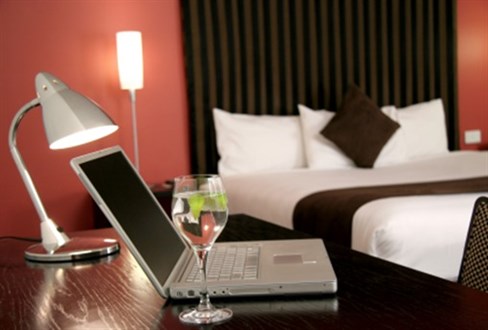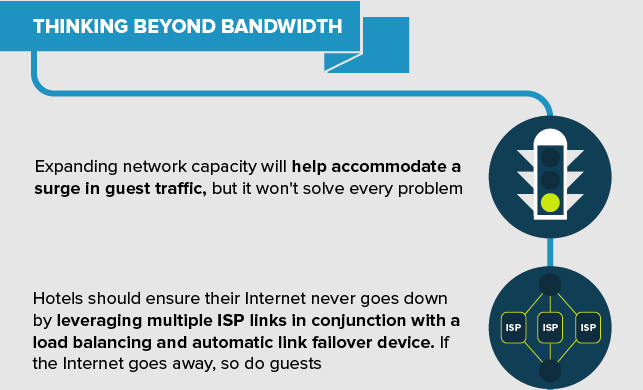
The needs of guests have always influenced hotel design. As the 83.5 million Millennials in the U.S. (born between 1980 and 1995, also known as Generation Y) are taking over as the most influential market, their technology needs are having a profound influence on modern hotel design. They are far less interested in marble staircases and crystal chandeliers than ubiquitous Internet access and interesting social spaces.
In a recent Technology 4 Hotels article entitled The Changing Face of Hotel Design, “Access to WiFi is mandatory. If a millennial were unable to check their smartphones, two out of five reported in the Connected World Technology Report that they ‘would feel anxious, like a part of me was missing.’ WiFi that is unreliable or expensive (i.e. not free) is an easy way for hotels to score a black mark against their names in online reviews and on social media (and trust me, they’ll find a way to get online and tell the world about it). Excellent quality Internet and making it easy for guest to connect, charge and use all their various devices is crucial to total customer satisfaction.”
Hotels that understand the needs of digital natives are adding more outlets and USB charging points so you no longer have to unplug the mini fridge or hunt behind the bed for a place to plug in a phone…and laptop…and tablet. These days an average guest travels with at least three devices that require charging.
The article goes on to say that “Millennial travelers, as born collaborators, place a strong importance on being highly interactive. It falls upon hotel designers to provide these millennial travelers with interactive and social environments, communal areas in which they can get the full experience, whether this is social networking (in real life and online) or working away from the office.” This means lobbies are being designed as exciting communal spaces, with music, art, bars and games.
There’s a fair amount of controversy over whether Wi-Fi should be free. Some sources contend the need is based on the type of hotel. A LinkedIn article provides industry insights. It seems that what guests want (free Wi-Fi) is not necessarily what hoteliers are providing.
In Coping with the BYO Phenomenon, author Brendon Granger addresses the impact of guests bringing their own device (BYOD) and content (BYOC) on bandwidth. As a result, accommodation providers have seen bandwidth consumption by guests more than double year-on-year for the past several years, with no slowing down in sight. And the nature of their Internet traffic, much of it streaming video and real time applications, means if you have bad service, guests will have a bad experience. And they will tell people about it. Lots of people. Instantly. The increased demand for reliable bandwidth puts a lot of pressure on hoteliers.
Therefore, among the considerations for designing technology into modern hotels, ample and redundant connectivity is essential. Hoteliers will never need “less” bandwidth or “slower” speeds, so taking advantage of broadband and gigabit services (if available in your area) is recommended. Multiple smaller Internet connections from different service providers can also be combined to provide the needed bandwidth plus mitigate the risk of losing service altogether if a single provider suffers an outage. Link load balancing devices, such as Ecessa’s PowerLink, intelligently manage traffic across all connections.
A study by Netgear showed 33% of leisure travelers and 67% of business guests say they would not return to a hotel that offered inadequate wireless access. Since continuous access to fast, reliable Internet is so important to guests, it should be a top hotel technology objective, too.
For more information about Ecessa solutions for continuous connectivity, visit Ecessa in booth #2059 at HITEC 2016 in New Orleans this week or call us at 800.669.6242 or fill out the form below and we’ll contact you right away.

